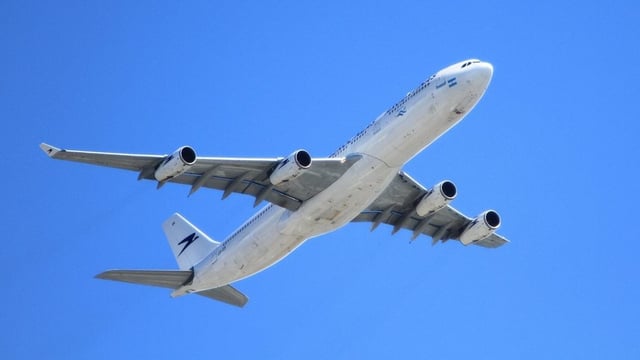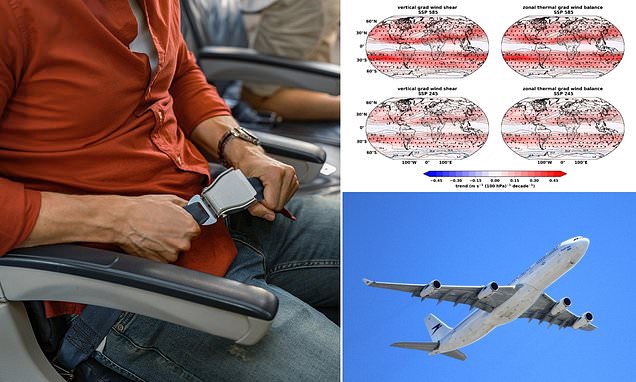Overview
- The University of Reading analysis projects wind shear will rise by 16–27% and atmospheric stability will drop by 10–20% at typical cruising altitudes from 2015 to 2100.
- Under the IPCC-style SSP2‑4.5 scenario, wind shear increases about 16% by 2100, compared with about 27% under the higher-emission SSP5‑8.5 pathway.
- Findings indicate more favorable conditions for clear‑air turbulence at around 35,000 feet, driven by altered jet streams that strengthen shear and reduce stability.
- Researchers warn of implications for aviation safety and operations, including longer seatbelt periods, more frequent suspension of cabin service, and the need for improved detection and forecasting tools.
- The projected changes are global, affecting both hemispheres, and build on evidence that severe turbulence has already increased in recent decades, with U.S. airline costs estimated at $150–$500 million annually.

